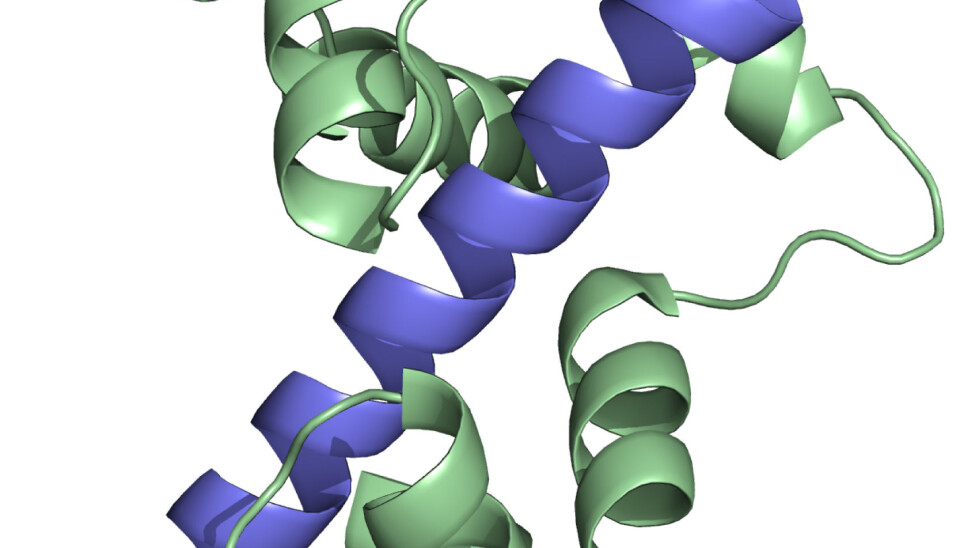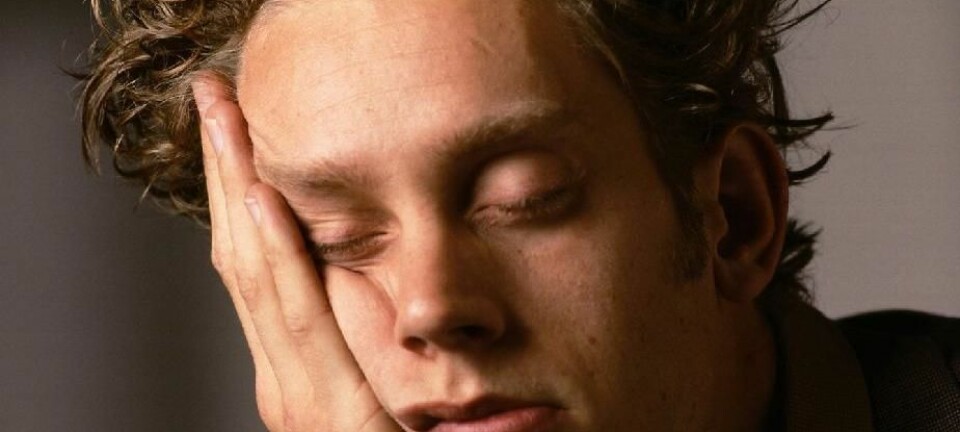
Sudden cardiac death may be caused by faulty gene
Danish scientists have discovered a gene mutation which can lead to sudden cardiac death in otherwise healthy young people. The discovery may help solve the riddle of sudden deaths among pro athletes.
Every year, healthy young people suffer sudden cardiac death, and doctors are often puzzled as to why the heart suddenly stopped beating.
Now Danish researchers have discovered a gene mutation which could help shed light on this part of the mystery.
“We have discovered a new disease gene which can cause a serious heart disease. The disease can cause sudden cardiac death in both children and adults,” says Professor Anders Børglum, of the Department of Biomedicine at the University of Aarhus.
He is one of the researchers behind the new study, which has just been published in The American Journal of Human Genetics (AJHG).
An explanation of sudden deaths among pro athletes?
Børglum believes this new discovery may explain some of the widely publicised cases of professional athletes suddenly dropping dead during e.g. football matches or cycling events.
”When these athletes suddenly drop dead, they make the headlines. In some cases it can be due to an unknown heart disease,” he says.
“But we still don’t know if any of these cases can be attributed to ‘our’ disease gene. It’s not inconceivable, and that’s what we’re looking into now.”
Teenage boys suddenly dropped dead
The discovery is the result of decades of scientific detective work.
It all started in Sweden, where a family was badly affected by heart troubles. Two otherwise healthy boys, 13 and 15, suffered sudden cardiac death while doing sports at school.
Another boy in the family had to be resuscitated after a heart failure, and several family members experienced irregular heartbeats, also known as cardiac arrhythmia.
The doctors were convinced that the heart troubles had to be hereditary. However, as it turned out, nobody in the family had the genetic mutation that was known to cause cardiac disorders.
The Swedish doctors contacted Danish researchers, asking them to help them solve this riddle. And six years ago, Associate Professor Mette Nyegaard of Aarhus University’s Department of Human Genetics entered the project.
Long and hard detective work
”We received blood samples from a number of the Swedish family members, and then we started scanning their entire genome,” she says.
“It was an arduous task, but we eventually managed to zoom in on one particular gene mutation that all the family members had in common.”
The mutation was located in a gene which acts as codes for the body’s production of an important protein – the so-called calmodulin.
“Scientists knew of other gene mutations that can cause sudden cardiac death. But we had never suspected that the calmodulin gene could play a role.”
A relief for the family
The scientists have since scanned a series of samples from other patients suffering from unexplainable problems with their heart rhythm. They have found a woman of Iraqi origin, who had a mutation in the same gene as the Swedish family. Her heart troubles were detected when she, aged only four, suffered heart failure while she was out running.
Fortunately she was revived, but the doctors couldn’t give her an explanation of her heart disease.
“Finding a cause of their heart troubles means a lot to these families,” says Anders Børglum.
“When many young people in a family suddenly suffer unexplainable cardiac death, it can cause a great deal of anxiety because the obvious question is ‘who will be next?’
“We have now managed to exclude several of the family members who do not have this gene mutation. They can now breathe a sigh of relief and avoid a lot of anxiety.”
Børglum adds that in the future, the discovery can help save people from dying as a cause of this faulty gene.
”Those family members who carry the mutation can for instance be helped by equipping them with a pacemaker, which can get the heart going again if it suddenly stops beating.”
One piece of the puzzle
The scientists behind the study are currently examining the prevalence of the newly discovered gene mutation.
They do this by scanning blood samples of a large group of patients with unexplainable heart troubles.
“We know that our discovery is only one out of many pieces in the grand puzzle, which will provide answers to unexplainable heart problems,” says Nyegaard. “But it’s an important piece, since prior to our discovery, mutations in the calmodulin gene weren’t believed to have any effect.”
Humans actually carry three different calmodulin genes, but the scientists have only found mutations in one of them – the so-called Calmodulin 1.
”We’re now examining whether there might also be mutations in the other calmodulin genes. That way, it may turn out that calmodulin genes play an even greater role,” says Nyegaard.
Calmodulin is a sensor
But how come mutations in the calmodulin gene affect the heart? This is what Associate Professor Michael Toft Overgaard of Aalborg University’s Department of Biotechnology, Chemistry and Environmental Engineering tried to answer in the new study.
“The calmodulin protein usually functions like a kind of sensor which measures the concentration of calcium in the body’s cells,” he says.
”The concentration of calcium is of immense importance to the heart because it determines when the heart contracts and beats.”
The mutations change the protein's function
To find out how the mutated calmodulin proteins behave, Overgaard carried out a series of experiments in his lab. With the use of DNA technology, the mutated calmodulin genes were inserted into the bacteria, which thus ended up containing the same faulty genes that caused the heart troubles in the Swedish and Iraqi families.
“It turned out that the defective calmodulin protein formed by the bacteria did not bind to calcium in the same way as regular calmodulin proteins,” he says.
“Our theory is that these gene mutations cause heart disease because the ability to measure the calcium concentration in the heart cells simply isn’t optimal. And that could cause irregular heartbeats.”
He adds that the research group will continue working to try and reveal exactly which molecular mechanisms are affected by calmodulin mutations.
“Our aim is to help develop new types of treatment against heart arrhythmia.”
In addition to Aarhus and Aalborg University, the Danish State Serum Institute, along with Swedish and English doctors, has contributed to the new study.
-----------------------------------------
Read the Danish version of this article at videnskab.dk
Translated by: Dann Vinther
Scientific links
External links
- Anders Børglum's profile
- Mette Nyegaard's profile
- Michael Toft Overgaard's profile
- About sudden cardiac death






